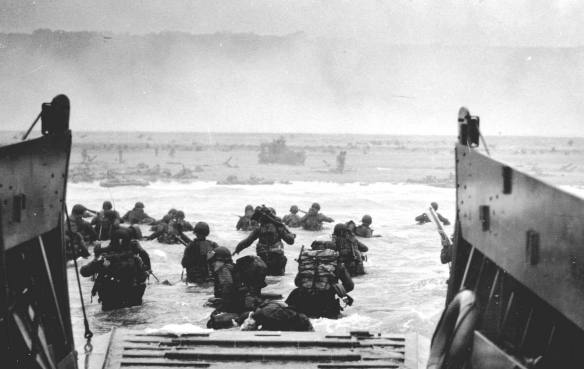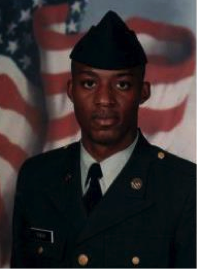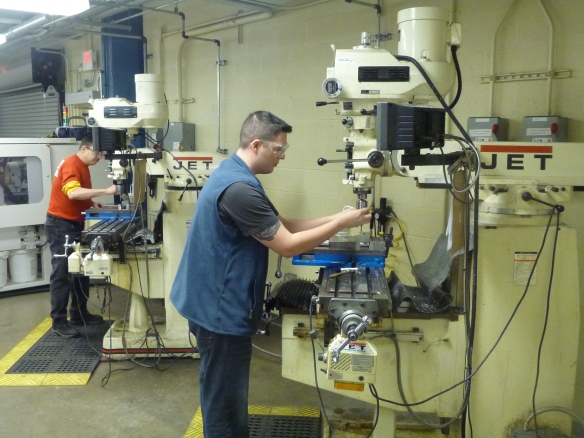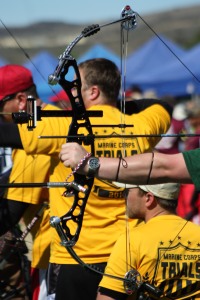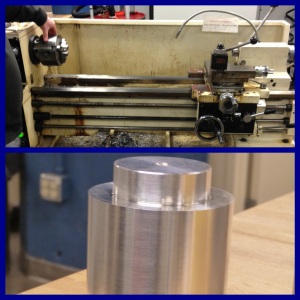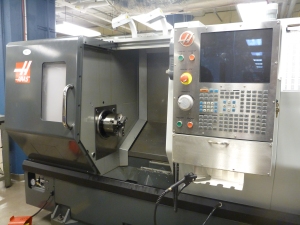By Student Veterans Association President and CEO, D. Wayne Robinson.
As you settle into the new semester, make it count by lending a helping hand
![20140817_SVASeattle2014-62[1]](https://i0.wp.com/www.dvnf.org/files/2014/09/20140817_SVASeattle2014-621-199x300.jpg) By the time you’re reading this, classes have started up on college campuses around the country and the semester is in full swing. The scene is much the same as in years previous: syllabi have been handed out and summarily discarded, students justify ignoring the professor with a PowerPoint presentation they’ll wait to open until the night before the final, and the lecture halls have stratified themselves into the barely conscious in back, and overly alert and eager in the front.
By the time you’re reading this, classes have started up on college campuses around the country and the semester is in full swing. The scene is much the same as in years previous: syllabi have been handed out and summarily discarded, students justify ignoring the professor with a PowerPoint presentation they’ll wait to open until the night before the final, and the lecture halls have stratified themselves into the barely conscious in back, and overly alert and eager in the front.
You may notice one difference, however. Around campus and in among the mixed enthusiasm in the classroom are a handful of veterans. You may also notice that that handful is just a little bit larger than the few you spotted last semester, and the one before. This is no coincidence, and it isn’t unique to your campus.
Since the attacks of September 11 2001, close to 3 million veterans have served in our armed forces[1], and all will soon have returned to their homes and communities. Of those, roughly a third have been and are expected to take advantage of their GI Bill™ benefits[2]. That’s a lot of degree-seeking veterans, and chances are, they’ll end up being your partner on a group project, or the guy who holds open the lecture hall door for you.
With the passage of the Veterans Access, Choice, and Accountability Act of 2014, student veterans have their pick of any public institution nationwide, as long as they take advantage of their benefits and enroll within three years of service separation. This has dramatically broadened their educational options, which means that the handful you encounter now will soon fill out more of the classrooms around campus.
![SVA-Leadership-Conference-San-Diego-20140809-289[1]](https://i0.wp.com/www.dvnf.org/files/2014/09/SVA-Leadership-Conference-San-Diego-20140809-2891-300x199.jpg) As the presence of this population grows, so too does the need for on-campus, veteran-focused resources. We at SVA stress the importance of peer-based support through our ground-up chapter structure employed on 1,100 campuses nationwide (and growing), and projects such as our VetCenter Initiative. While camaraderie and shared experience is indispensable to the long-term success of student veterans, it’s only one piece of the puzzle. Some of these veterans will come with wounds both visible and invisible, with internal struggles and physical barriers, but all will need you to go that extra mile.
As the presence of this population grows, so too does the need for on-campus, veteran-focused resources. We at SVA stress the importance of peer-based support through our ground-up chapter structure employed on 1,100 campuses nationwide (and growing), and projects such as our VetCenter Initiative. While camaraderie and shared experience is indispensable to the long-term success of student veterans, it’s only one piece of the puzzle. Some of these veterans will come with wounds both visible and invisible, with internal struggles and physical barriers, but all will need you to go that extra mile.
These struggles and disabilities look different for each veteran, and often are not visible. This can be aggravated when environmental barriers and a lack of on-campus supports prevent physical, academic, and social access to veterans who aren’t always aware of their disabilities. Add intensive military training that inhibits self-care and negative stereotypes into the mix, and the formula for failure is complete. With a bit of mindfulness, however, equal access need no longer be accommodated.
A truly veteran-supportive campus is one where both familiar faces with familiar experiences can be counted upon to empathize, and unfamiliar faces with vastly different backgrounds are willing to strive for understanding and cooperation. A kind word, a friendly nod, or a heartfelt handshake can speak volumes to a struggling student veteran.
The same can be said of the campus’ administration. Support services provided in a non-stigmatizing, encompassing manner can make a world of difference. “The key to engagement lies with positioning support services as part of a team effort for all students to achieve success, not as a remedial effort for individuals expected to fail,” says The NASPA Foundation, in a study[3] demonstrating that the content of service programs matter just as much as the delivery.
With backing from peers, and a welcoming student body and accommodating administration, student veterans have the tools to make sure they have the same opportunity to hang their prohibitively expensive diploma in a $14 frame as everyone else. So, whether it’s on the way to class, cramming in the library, or grabbing some lunch in the dining hall, make your semester count by lending a hand to a student veteran.
For more information on our programs and initiatives, or to find a chapter near you, please visit http://www.studentveterans.org.


